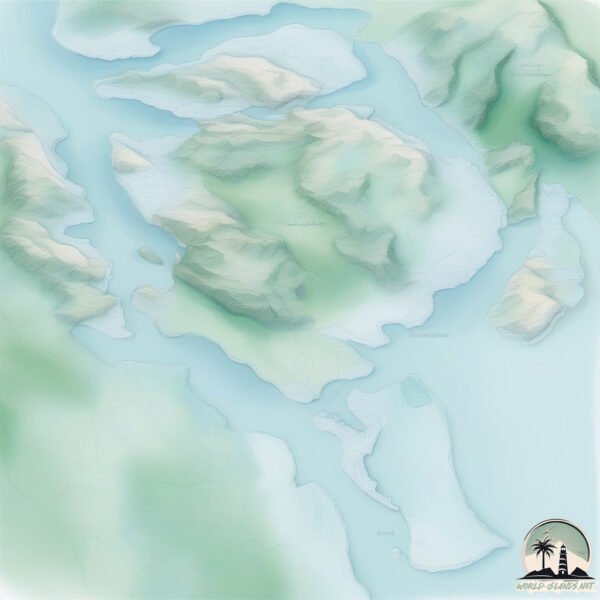Welcome to Quadra , a Temperate island in the The Coastal Waters of Southeast Alaska and British Columbia, part of the majestic Pacific Ocean. This guide offers a comprehensive overview of what makes Quadra unique – from its geography and climate to its population, infrastructure, and beyond. Dive into the details:
Geography and size of Quadra
Size: 274.5 km²Coastline: 205.9 kmOcean: Pacific OceanSea: The Coastal Waters of Southeast Alaska and British ColumbiaContinent: North America
Quadra is a Large Island spanning 274 km² with a coastline of 206 km.
Archipel: Georgia Strait Islands – A collection of islands in the Strait of Georgia, Canada, known for their natural beauty and diverse ecosystems.
Tectonic Plate: Pacific – The world’s largest tectonic plate, covering much of the Pacific Ocean, known for the Pacific Ring of Fire with extensive seismic and volcanic activity.
The geographic heart of the island is pinpointed at these coordinates:
Climate and weather of Quadra
Climate Zone: TemperateClimate Details: Temperate Oceanic ClimateTemperature: Warm Summer
Climate Characteristics: Known for its moderate year-round temperatures with ample rainfall and no dry season. Warm summers are characteristic.
Topography and nature of Quadra
Timezone: UTC-08:00Timezone places: America/Los_AngelesMax. Elevation: 560 m Mean Elevation: 141 mVegetation: Evergreen Needleleaf ForestTree Coverage: 95%
The mean elevation is 141 m. The highest elevation on the island reaches approximately 560 meters above sea level. The island is characterized by Plateau: Elevated flatlands rising sharply above the surrounding area, with a maximum elevation over 500 meters but a mean elevation less than 300 meters, forming unique highland areas on islands.
Dominating Vegetation: Evergreen Needleleaf Forest
Vegetation: 7 vegetation zones – Very Highly Diverse Island
Infrastructure and Travelling to Quadra
Does the island have a public airport? no .
Does the island have a major port? no .
The mean population of Quadra is 9 per km². Quadra is Gently Populated. The island belongs to Canada .
The name of the island resonates across different cultures and languages. Here is how it is known around the world: Arabic: جزيرة فانكوفر; German: Vancouver Island; Spanish: Isla de Vancouver; French: île de Vancouver; Portuguese: Ilha Vancouver; Russian: Ванкувер; Chinese: 溫哥華島
Continuing your journey, Maurelle is the next notable island, situated merely km away.
Welcome to Quadra Island
Visit beautiful Quadra Island, British Columbia, Canada. Enjoy our charming rural community on a memorable vacation or ...
Welcome to Quadra Island
Visit beautiful Quadra Island, British Columbia, Canada. Enjoy our ...
Visit beautiful Quadra Island, British Columbia, Canada. Enjoy our charming rural community on a memorable vacation or ...
Quadra Island, DON’T Come Here, You WON’T Like it.
Megan's friend is visiting us on British Columbia's Quadra Island for ...
Megan's friend is visiting us on British Columbia's Quadra Island for the weekend. Officially, Quadra is in the Pacific Northwest but ...
QUADRA ISLAND BC Canada
One of the Discovery Islands Quadra Island on rainy visit in 2019.
One of the Discovery Islands Quadra Island on rainy visit in 2019.
Canada is classified as Developed region: G7: Group of Seven – Major advanced economies, including Canada, France, Germany, Italy, Japan, the United Kingdom, and the United States. The level of income is High income: OECD.
News – Latest Updates and Headlines from Quadra
Stay informed with the most recent news and important headlines from Quadra. Here’s a roundup of the latest developments.
Loading...
Please note: The data used here has been primarily extracted from satellite readings. Deviations from exact values may occur, particularly regarding the height of elevations and population density. Land area and coastline measurements refer to average values at mean high tide.

